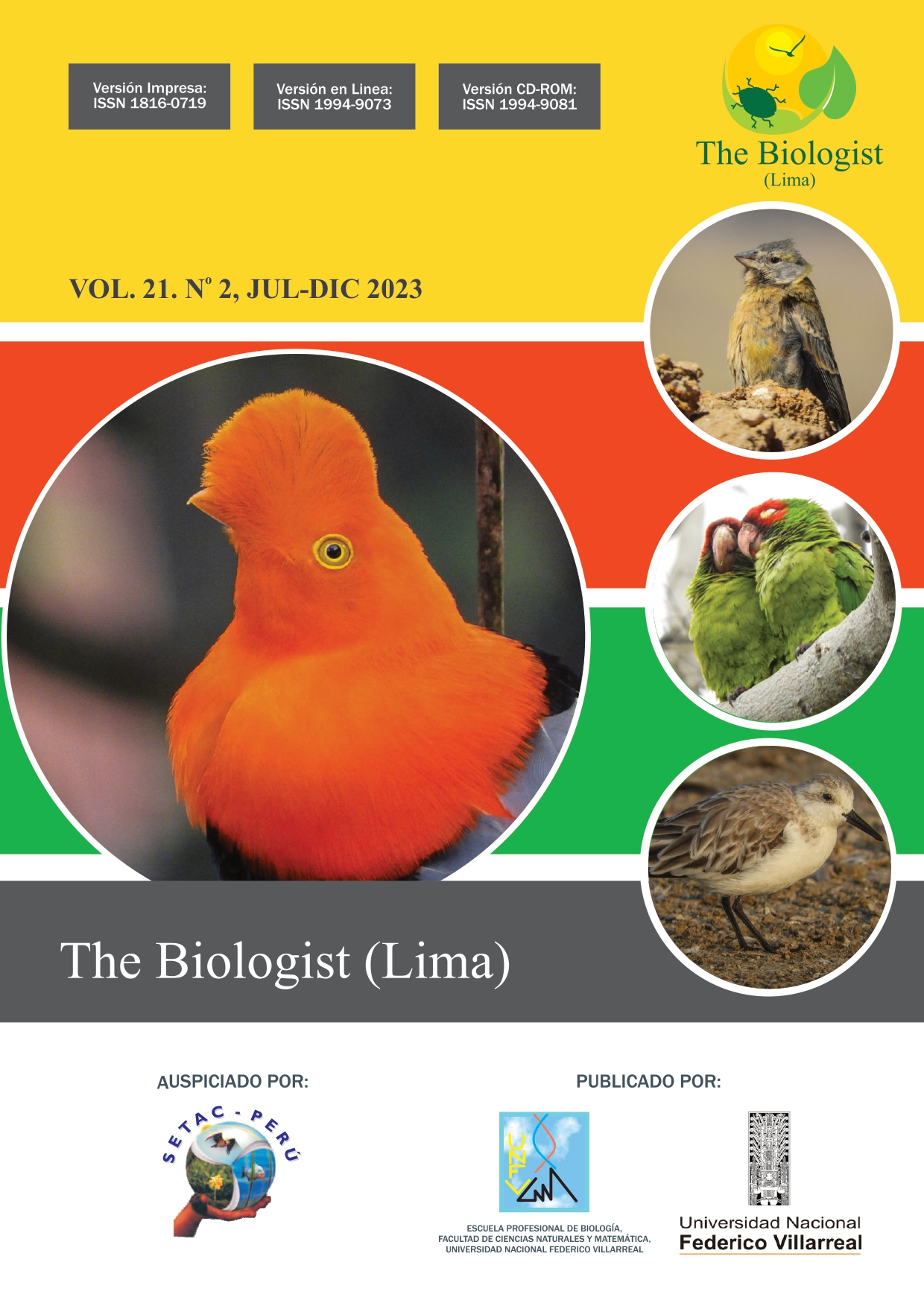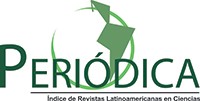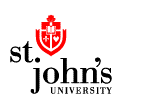Diversity of reptiles of the semi-deciduous forest in Buena Vista, Remedios, Villaclara: new localities for Cuba
DOI:
https://doi.org/10.24039/rtb20232121594Keywords:
Buenavista , endemic , reptiles , semi-deciduous forestAbstract
Living reptiles are easy to recognize with the naked eye, however, they are difficult to define due to the morphological heterogeneity and phylogenetic complexity of the group. The objective of this research is to determine the species of reptiles found in the semi-deciduous forest located in the town of Buena Vista, municipality of Remedios, province of Villa Clara, Cuba. For the development of the research, the following capture methods were used: capture by means of a rod with a sliding knot, capture by hand, by means of a terrestrial trap with a diversion fence in combination with pit (boat) and cylinder traps, opportunistic collection, visual encounter, limited time collection and capture by means of thick leashes. Site visits were conducted from April 2022 to April 2023, covering all seasons of the year. As a result of the field work in situ, 19 species of reptiles belonging to four families were detected in the study area, which constitute new localities for Cuba, with 63.2% of endemism. The presence of Arrhyton doluchura (Werner, 1909), which is in the vulnerable category, according to the Red Book of Cuban vertebrates, was detected in the study area.
Downloads
References
Amaro-Valdés, S. (2005). Compilación y actualización de la información sobre las serpientes del género Arrhyton Günther, 1858 (Serpentes: Colubridae) con observaciones preliminares sobre el mantenimiento en cautividad de una de las especies cubanas. (Tesis de Diploma), Facultad de Biología, Universidad de La Habana.
Amaro-Valdés. S. (2012). Lista Roja de la fauna cubana. AMA.
Arias, A. (2020). Tipos de reptiles, sus características y ejemplos. Ecología verde. https://www.ecologiaverde.com/tipos-de-reptiles-sus-caracteristicas-y-ejemplos-2969.html
Armas, L.F., & Iturriaga, M. (2019). The Cuban Green anole, Anolis porcatus (Squamata: Dactyloidae): catering is the best. IRCF Reptiles and Amphibians, 26, 35–38.
Armiñana-García, R., Fimia-Duarte, R., Alarcón-Elbal., P.M., Arias-Barreto, A., Zambrano-Gavilanes. M., & Iannacone, J. (2021). Características ecológicas de Anolis homolechis (cope, 1864) (Squamata: Dactyloidae) en la Reserva Ecológica Nacional “Mogotes de Jumagua”, Villa Clara, Cuba. Biotempo, 18, 63-74.
Atlas Nacional de Cuba. (2020).
Bakkegard, K.A. (2022). The amphibians and reptiles of naval station Guantanamo Bay, Cuba: An updated checklist and notes on conservation status and occurrence. Reptiles & Amphibians, 29, 446–460.
Borroto-Páez, R., Alonso-Bosch, R., Fabres, B., & Álvarez-García. O (2015). Introduced amphibians and reptiles in the Cuban archipelago. Herpetological Conservation and Biology, 10, 985-1012.
Cleveland, P.H., Larry, S.R., & Larson, A. (2017). Integrated Principles of Zoology,17th ed. Published by McGraw-Hill Education.
Curtis, P.G., Slay, C.M., Harris, N.L., Tyukavina, A., & Hansen, M. C. 2018. Classifying drivers of global forest loss. Science, 361, 1108–1111.
DHAMM. (2013). Principios éticos para las investigaciones médicas en seres humanos. 64ª Asamblea General. World Medical Association, Inc.
Díaz, L.M., & Hedges, S.B. (2009). First record of the genus Aristelliger (Squamata: Sphaerodactylidae) in Cuba, with the description of a new species. Zootaxa, 2028, 31-40.
Díaz, L.M., & Abreu, E. (2005). Anfibios y reptiles. En: Cuba: Península de Zapata. Rapid Biological Inventories Report 07. 1ra ed. (Kirkconnell, P.A., Stotzy, D.F., & Shopland, J.M. (Eds). The Field Museum (pp. 50-53).
Díaz, M.A. (2019). Características de los reptiles. En Experto animal https://www.expertoanimal.com/caracteristicas-de-los-reptiles-24275.html
Doherty, T. S., Balouch, S., Bell, K., Burns, T. J., Feldman, A., Fist, C., Garvey, T.F., Jessop, T.S., Meiri, S., & Driscoll, D. A. (2020). Reptile responses to anthropogenic habitat modification: A global meta‐analysis. Global Ecology and Biogeography, 29, 1265-1279.
Fundora-Caballero, D., Bravo-Cabrera, F., Abreu-Portales, A., & Martínez-Llánes, O. (2022). Herpetofauna of the Elemento Natural Destacado Dunas de Playa Pilar, Ciego de Ávila, Cuba. Reptiles & Amphibians, 29, 191–194.
Garrido, O.H., & Jaume, M.L. (1984). Catálogo descriptivo de los anfibios y reptiles de Cuba. Doñana Acta Vertebrata, 11, 5-128.
González-Alonso, H., Rodríguez-Schettino, L., Rodríguez, A., Mancina, C.A., & Ramos-García, I. (eds.). (2012). Libro Rojo de los Vertebrados de Cuba. Editorial Academia. 303 p.
Hedges, S.B. (2012). Amniote phylogeny and the position of turtles. BMC Biology, 10, 64.
Henderson, R.W., & Powell, R. (2019). Natural history of West Indian reptiles and amphibians. Univ. Press of Florida.
Hernández-Marrero, D.F., & Reynaldo-De la Cruz, E. (2021). Inventario de los anfibios y reptiles de “El Resbaladero”, Municipio de Rafael Freyre, Holguín, Cuba. Poeyana, 512, 1-10.
León-Amador, G., García-Padrón, Y., Martínez-Serrano, Y., Mezquía-Delgado, M., & Llanes-Esperón, I. (2022). Efectos de la antropización sobre poblaciones de Anolis bartschi, en el Parque Nacional Viñales. Cuba. Ecovida, 12, 285-291.
León, A.G., García-Padrón, L.Y., Mezquía-Delgado, M., & Martínez-Serrano, Y. (2019). Novedades sobre la distribución del lagarto endémico Anolis bartschi (Sauria: Dactyloidae). Ecovida, 9, 77-83.
Marrero-Basulto, J.M., Luis-Machín, J. A., Novúa-Alvarez, O., Rodríguez-Hernández, S.V., & Tur- Pérez, S. (2020). El Atlas Nacional de Cuba “LX Aniversario”. Hacia un atlas vivo. Revista Cubana De Geografía, 2, 1-9.
Newbold, T., Hudson, L.N., Phillips, H.R.P., Hill, S.L.L., Contu, S., Lysenko, I., Blandon, A., Butchart, S.H.M., Booth, H.L., Day, J., Palma, A., Harrison, M.L.K., Kirkpatrick, L., Pynegar, E., Robinson, A., Simpson, J., Mace, G.M., Scharlemann, J.P.W., & Purvis, A. (2014). A global model of the response of tropical and sub-tropical forest biodiversity to anthropogenic pressures. Proceedings of the Royal Society B: Biological Sciences, 281, 20141371.
Palmeirim, A. F., Vieira, M.V., & Peres, C.A. (2017). Herpetofaunal responses to anthropogenic forest habitat modification across the neotropics: insights from partitioning b-diversity. Biodiversity and Conservation, 26, 2877-2891.
Rodríguez-Schettino, L. (2011). Reptiles. En: Larramendi, J.A., & Viña-Dávila, N. (eds.). Rostros en peligro. Especies cubanas amenazadas. Ed. Polymita. (pp. 254-269).
Rodríguez, A. (2012). Clase de vertebrado. En: González-Alonso, H., Rodríguez-Schettino, LA., Rodríguez, C.A., Mancina, C.A., & Ramos García, I (eds). (2012). Libro Rojo de los Vertebrados de Cuba. Ed. Academia. (pp. 55-59).
Rodríguez, T.M., Torres, J., Marrero, R., & Podio-Martínez, J.A. (2016). Predation attempt by the Cuban Racer, Cubophis cantherigerus (Squamata: Dipsadidae) on the Cuban Giant Anole, Anolis equestris buidei (Squamata: Dactyloidae), a threatened endemic subspecies. IRCF Reptiles and Amphibians, 23, 46-50.
Rodríguez-Schettino, L., & Lizana, M. (1997). Historia natural del lagarto caimán cubano, Anolis vermiculatus (Iguania: Polychrotidae). Boletín de la Sociedad Herpetológica Española, 8, 23-26.
Rodríguez-Schettino, L., & Rivalta, G.V. (2003). Lista de especies. En: Anfibios y Reptiles de Cuba. 1ª ed. (Rodríguez, S.L. (, ed.). UPC Print, (pp.162-165).
Rodríguez-Schettino, L., Mancina, C.A., & Rivalta, G.V. (2013). Reptiles of Cuba: Check-list and Geographic Distribution. Smithsonian Herpetological Information Service, 144, 1-96.
Sampedro-Marín, A. (2002). Actividad termorreguladora de Trachemys decussata (Chelonia: Emydidae) en una localidad de la Ciénaga de Zapata, Cuba. Revista Biología (La Habana), 16, 19-26.
Schwartz, A., & Henderson, R.W. (1991). Amphibians and reptiles of the West Indies: descriptions, distributions, and natural history. University of Florida Press.
Schwartz, A., & Garrido, O.H. (1981). A review of the Cuban members of the genus Arrhyton (Reptilia, Serpentes, Colubridae). Annals of the Carnegie Museum, 50, 207-230.
The Reptile Database. (2023). University Libraries. https://reptile-database.reptarium.cz/
Torres-López, J., Rodríguez-Cabrera, T.M., & Marrero-Romero, R. (2017). Reptiles. En: Mancina, C.A., & Cruz, D.D. (Eds). Diversidad biológica de Cuba: métodos de inventario, monitoreo y colecciones biológicas. Ed. AMA. (pp. 376-411).
Vitt, L.J., & Caldwell, J.P. (Eds.). (2014). Herpetology: An Introductory Biology of Amphibians and Reptiles. 4th Ed. Elsevier B.V.
Uetz, P. (2022). The reptile database. http://www.reptiledatabase.org
Downloads
Published
How to Cite
Issue
Section
License

This work is licensed under a Creative Commons Attribution-NonCommercial-NoDerivatives 4.0 International License.
Objeto: El AUTOR-CEDENTE transfiere de manera TOTAL Y SIN LIMITACIÓN alguna al CESIONARIO (Revista The Biologist (Lima)) los derechos patrimoniales que le corresponden sobre sus obras por el tiempo que establezca la ley internacional. En virtud de lo anterior, se entiende que el CESIONARIO adquiere el derecho de reproducción en todas sus modalidades, incluso para inclusión audiovisual; el derecho de transformación o adaptación, comunicación pública, traducción, distribución y, en general, cualquier tipo de explotación que de las obras se pueda realizar por cualquier medio conocido o por conocer en el territorio nacional o internacional.
Remuneración: La cesión de los derechos patrimoniales de autor que mediante este contrato se hace será a título gratuito.
Condiciones y legitimidad de los derechos: El AUTOR-CEDENTE garantiza que es propietario integral de los derechos de explotación de la(s) obra(s) y en consecuencia garantiza que puede contratar y transferir los derechos aquí cedidos sin ningún tipo de limitación por no tener ningún tipo de gravamen, limitación o disposición. En todo caso, responderá por cualquier reclamo que en materia de derecho de autor se pueda presentar, exonerando de cualquier responsabilidad al CESIONARIO.
Licencia de acceso abierto: El AUTOR-CEDENTE autoriza que manuscrito publicado en la Revista Científica The Biologist (Lima) (versión Impresa ISSN 1816-0719, versión en línea ISSN 1994-9073) permanece disponible para su consulta pública en el sitio web http://revistas.unfv.edu.pe/index.php/rtb/index y en los diferentes sistemas de indexación y bases de datos en las que la revista tiene visibilidad, bajo la licencia Creative Commons, en la modalidad Reconocimiento-No comercial- Sin Trabajos derivados –aprobada en Perú, y por lo tanto son de acceso abierto. De ahí que los autores dan, sin derecho a retribución económica, a la Escuela Profesional de Biología, Facultad de Ciencias Naturales y Matemática de la Universidad Nacional Federico Villarreal (EPB - FCCNM - UNFV), los derechos de autor para la edición y reproducción a través de diferentes medios de difusión.









































